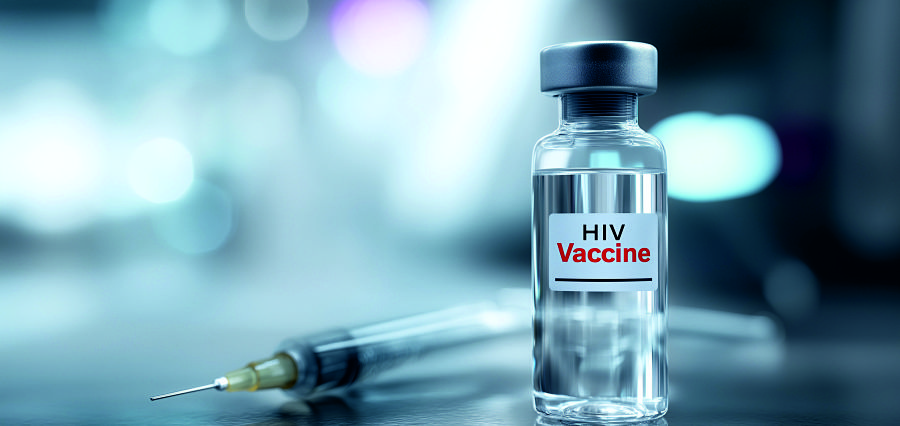The Virgen del Rocío Hospital in Seville has become the first in Spain to utilize artificial human skin for advanced wound recovery in severe burn cases. This pioneering treatment, approved by the Spanish Medicines Agency in June, represents a significant breakthrough in burn care, offering faster and more effective healing for patients with extensive injuries.
Fran Fernández, a patient who suffered burns over 75% of his body following an explosion in Algeciras in 2017, is a testament to the success of this innovative therapy. Initially given just 48 hours to live, Fernández has since made a remarkable recovery thanks to more than a dozen surgeries and multiple grafts using both his own skin and the newly developed artificial skin.
The therapy, officially termed “human skin obtained by tissue engineering,” is now being applied at the Major Burn Unit of Virgen del Rocío Hospital. According to Dr. David Rodríguez, a surgeon at the hospital, the use of artificial skin significantly reduces the risk of infections in burn patients, as it allows for quicker and more efficient wound coverage.
This artificial skin is custom-made to match each patient’s specific requirements, ensuring better compatibility and integration with their natural tissue. This not only reduces the need for additional grafts but also shortens the overall recovery time, thereby improving patients’ quality of life.
The production of this artificial skin is carried out at the Virgen de las Nieves University Hospital’s Cell Production and Tissue Engineering Unit, under the leadership of Professor Antonio Campos from the University of Granada’s Tissue Engineering Group. To date, over 12 square meters of artificial human skin have been produced and successfully implanted in 18 patients treated at the Seville hospital.
This treatment is particularly beneficial for patients with extensive burns, covering 60% to 90% of their body surface in adults or over 30% in pediatric cases, provided they do not have active infections.





